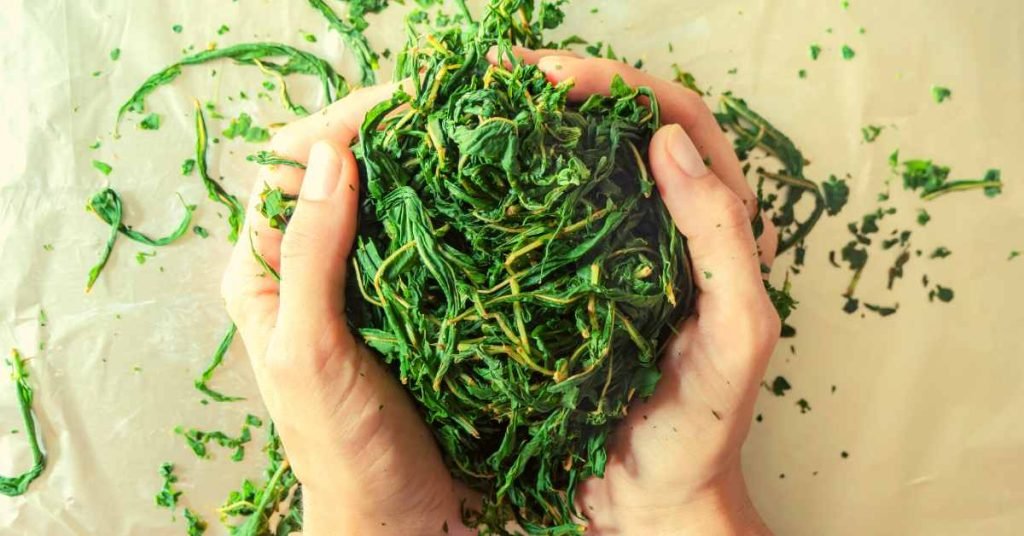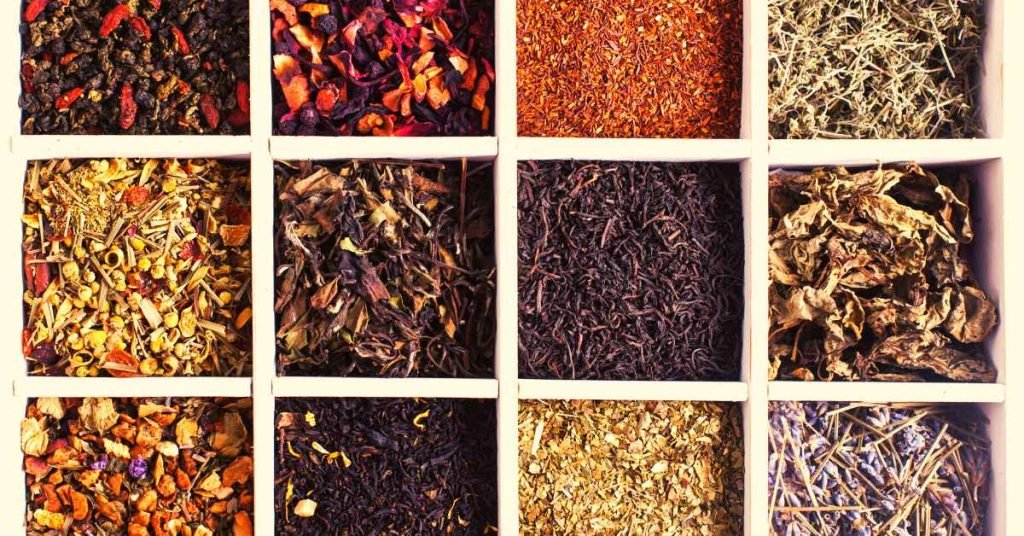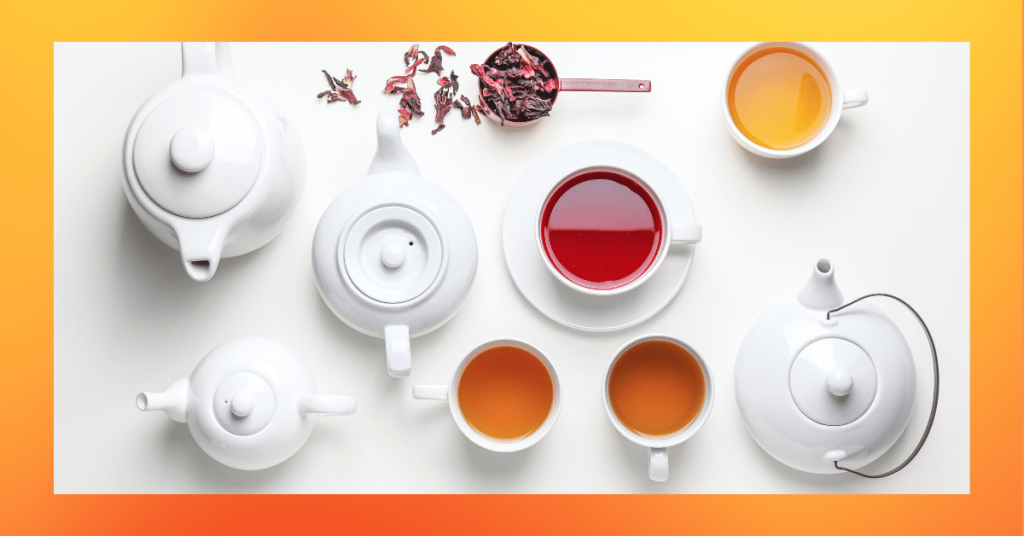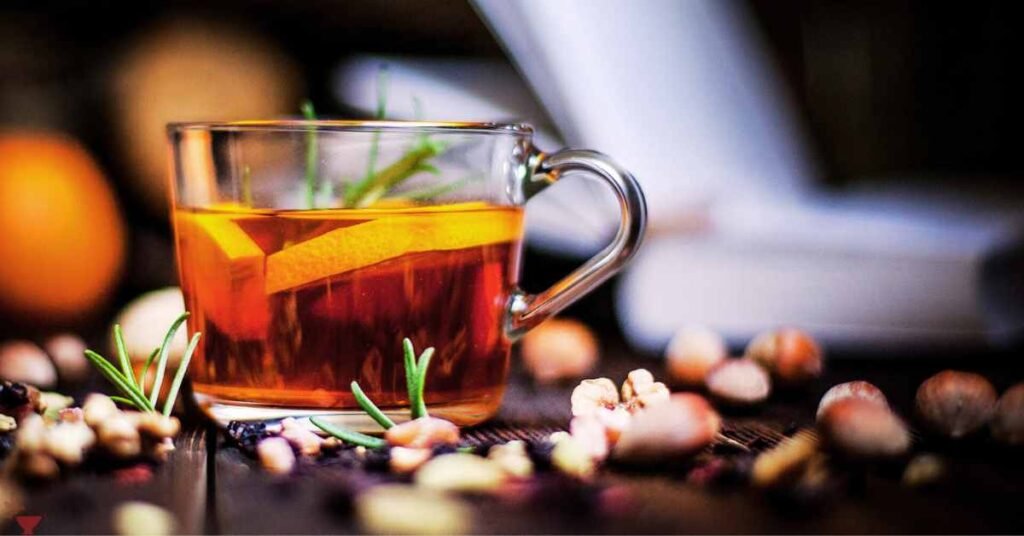Ah, tea! The beloved elixir that has captured hearts and taste buds for centuries.
But have you ever wondered how that humble leaf transforms into your favorite cup of liquid bliss?
Join us on a wild tea journey as we explore the fascinating and sometimes explicit process of tea production, as well as the delightful world of tea classification.
Plucking and Gathering
Our journey begins with skilled tea pluckers who meticulously handpick the tender tea leaves, usually opting for the top two leaves and a bud.
Imagine them nimbly navigating the tea gardens, ensuring only the best leaves make it into your cup.
Processing Tea

Withering: Once the leaves are plucked, they are spread out to wither. This process involves letting them lie around, often in the open air or in controlled environments, to reduce moisture content. It’s like a tea leaf spa day, shedding excess water and becoming pliable for the next steps.
The leaves, now flexible, are skillfully rolled, either by hand or through the use of machines. Think of it as a tea leaf massage. Rolling helps break down the leaf’s cells, kickstarting oxidation, and releasing those delicious flavors trapped within.
Oxidation: Time for a little chemistry! Oxidation, often referred to as fermentation in the tea world, is a crucial step that determines the type of tea produced. During oxidation, the tea leaves interact with oxygen, leading to chemical reactions that transform their flavors, aromas, and colors. Green and white teas undergo minimal oxidation, while black teas go all the way, turning dark and rich.
Drying: To halt oxidation and reduce moisture, the processed leaves undergo drying. It’s like a sauna for tea leaves, ensuring they are moisture-free and shelf-stable. This final step locks in the flavors, completing the tea’s transformation from plucked leaves to the aromatic wonders we love.
Tea Classification

Now that we understand the explicit journey of tea processing, let’s dive into the delightful world of tea classification.
Tea is classified into several types based on factors such as processing methods, origin, and leaf quality.
Here are some popular tea types you might encounter:
White Tea: Known for its delicate and subtle flavors, white tea is the least processed tea variety. It consists of young buds and leaves that are simply withered and dried, resulting in a light, floral brew.
Green Tea: Green tea retains its vibrant green color and fresh taste due to minimal oxidation. The leaves are quickly heated or steamed to halt oxidation, preserving their natural antioxidants and delicate flavors.
Oolong Tea: Oolong tea falls between green and black teas in terms of oxidation. The leaves are partially oxidized before being rolled and dried, creating a diverse range of flavors and aromas, from fruity and floral to toasty and nutty.
Black Tea: Oh, the bold and robust black tea! This tea variety undergoes complete oxidation, resulting in deep amber or reddish liquor. Black teas are often associated with rich flavors like malt, cocoa, and even hints of fruit or spices.
Herbal Infusions: Wait, these aren’t technically tea, but we can’t leave them out! Herbal infusions, like chamomile, peppermint, and rooibos, are caffeine-free blends made from various plant materials. They offer a world of diverse flavors and soothing properties.
Final Word

Tea production and classification are truly fascinating subjects that give us a deeper appreciation for the tea we savor.
From plucking to rolling, oxidation to drying, each step contributes to the magical transformation of tea leaves.
So, the next time you enjoy your cup of tea, take a moment to reflect on the explicit journey it has undertaken to bring you comfort, joy, and a world of delightful flavors. Cheers to tea!
MEDICAL DISCLAIMER
Itsnevernotteatime.com cannot and does not contain medical/health advice. The medical/health information is provided for general and educational purposes only and is not a substitute for professional advice.




